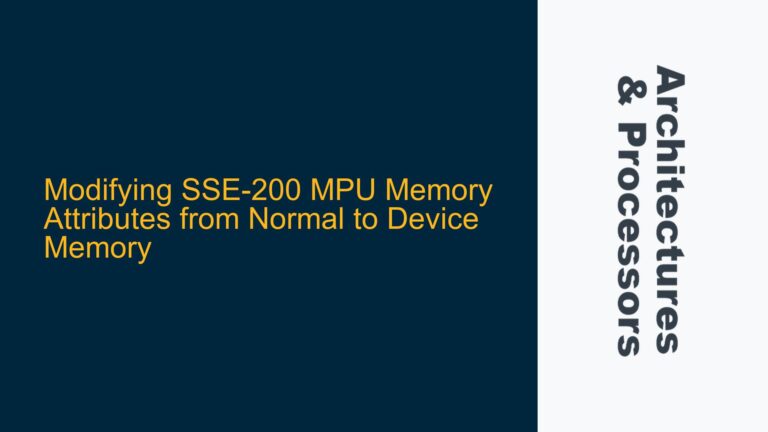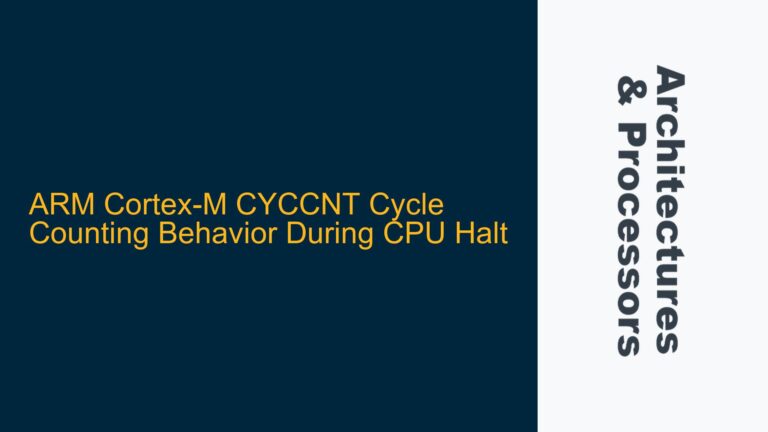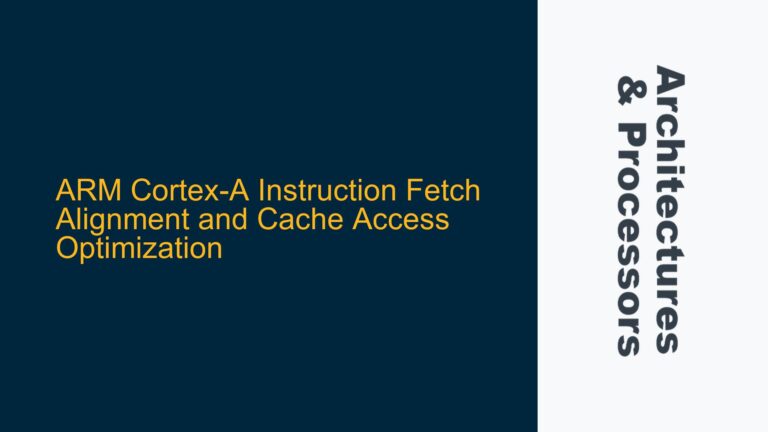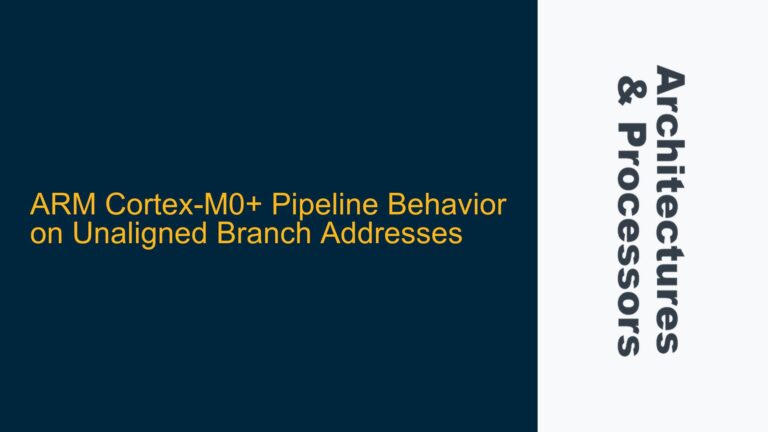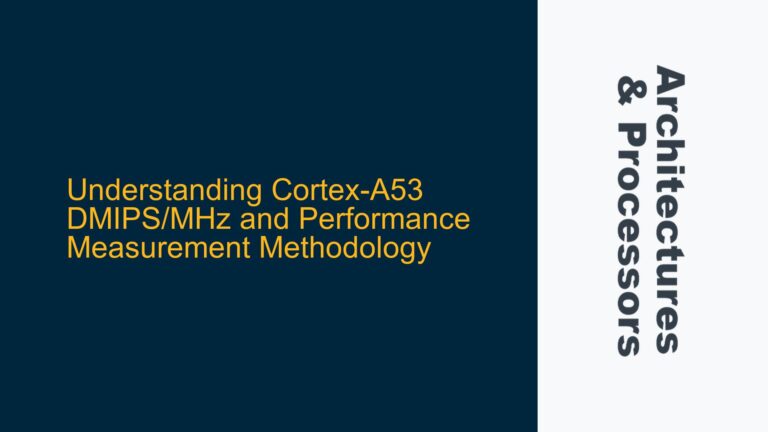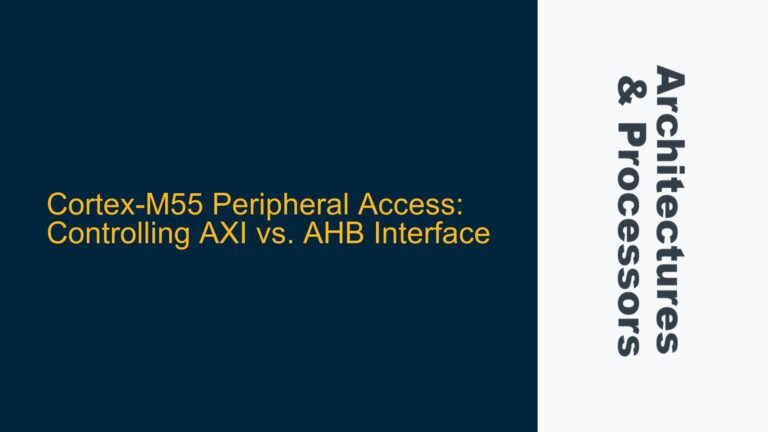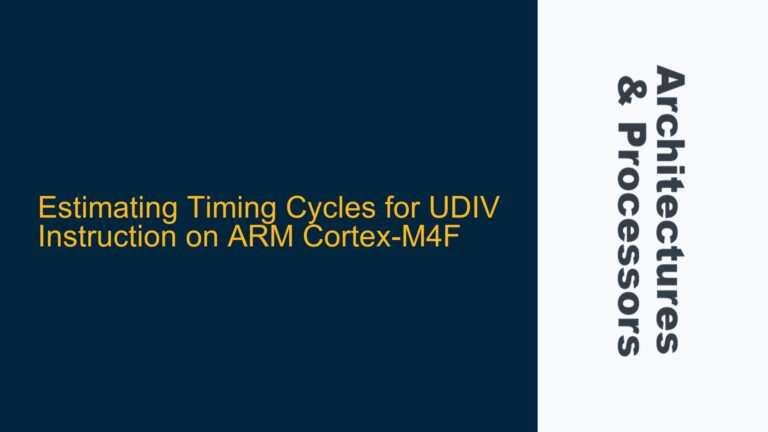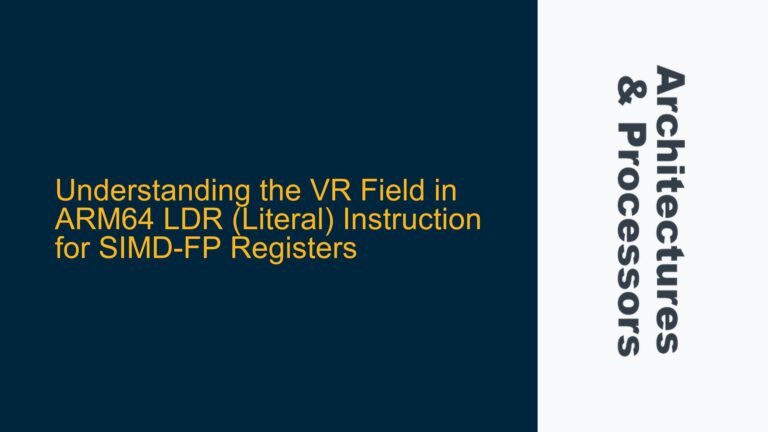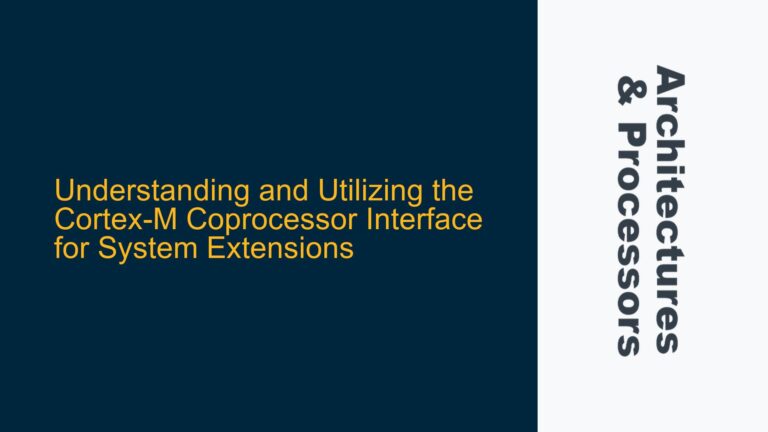Modifying SSE-200 MPU Memory Attributes from Normal to Device Memory
ARM Cortex-M System Memory Map and SSE-200 MPU Configuration Challenges The ARM Cortex-M system memory map, as defined in the ARMv8-M architecture, partitions the address space into specific regions with predefined memory attributes. One such region is the 0x6000_0000 to 0x7FFF_FFFF range, which is typically designated as "normal" memory. Normal memory is characterized by its…
